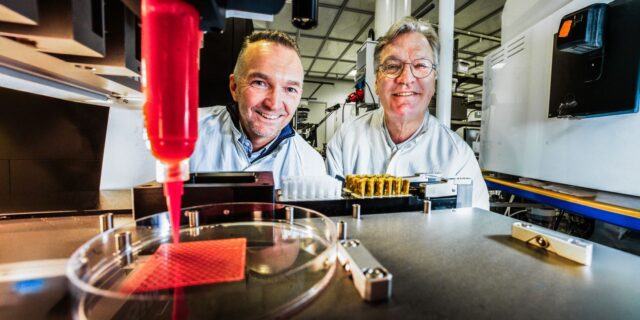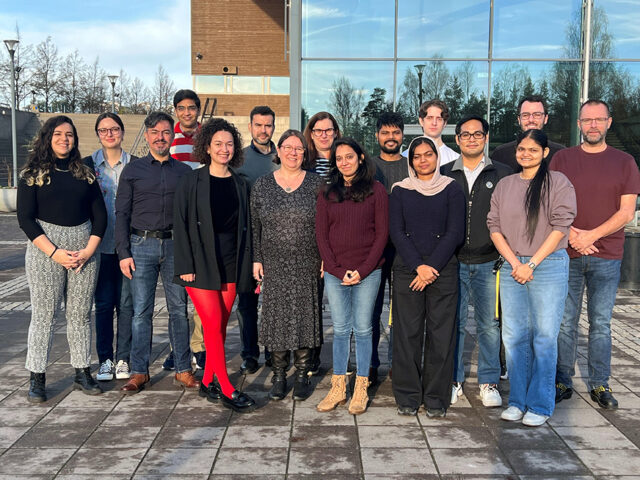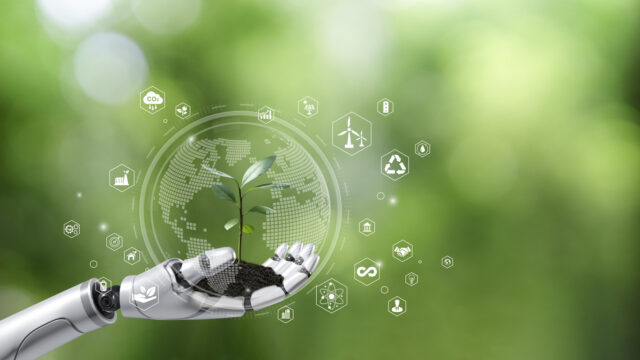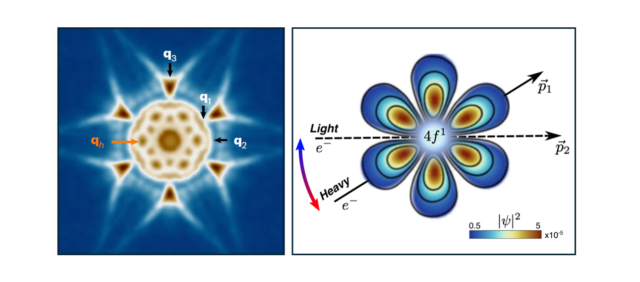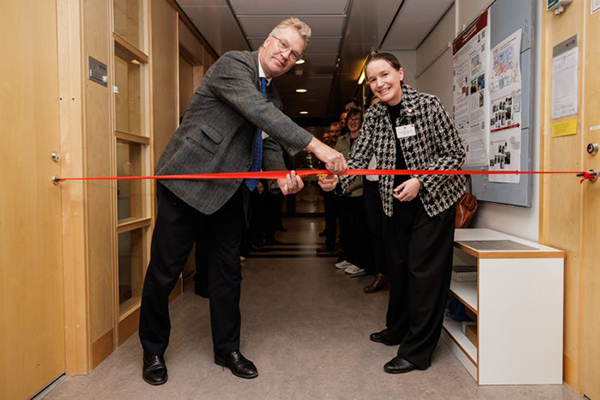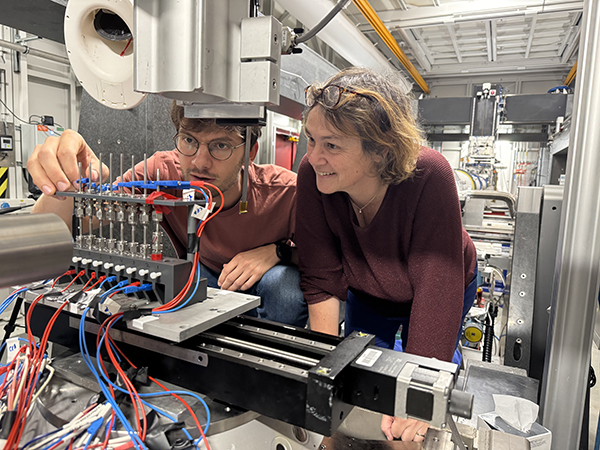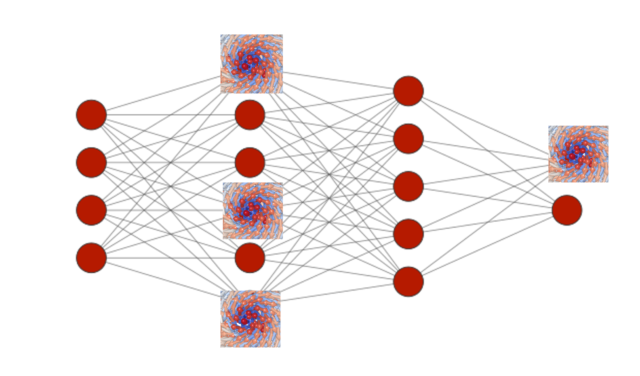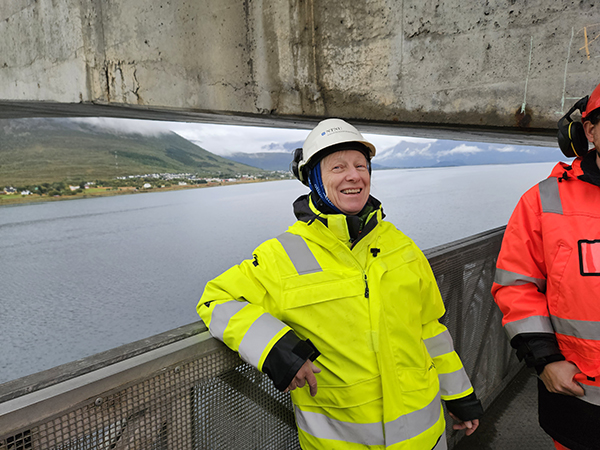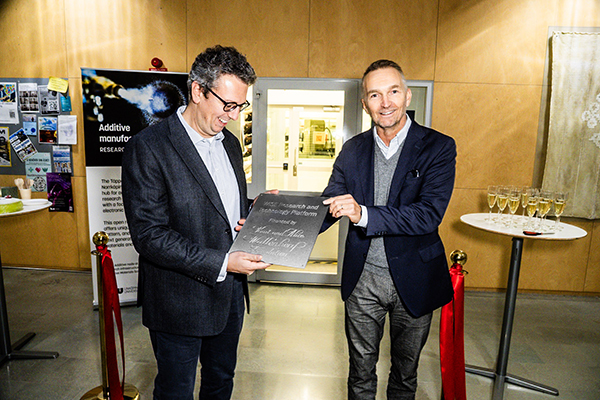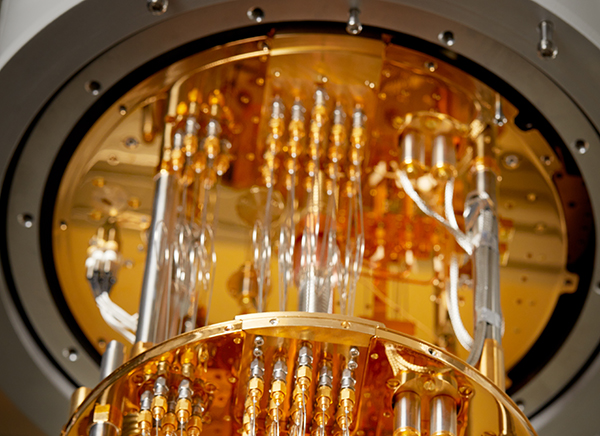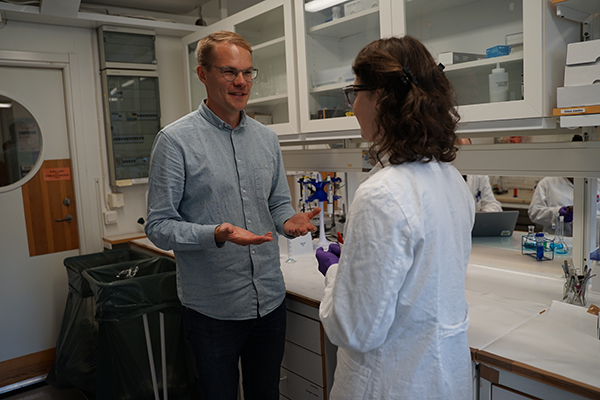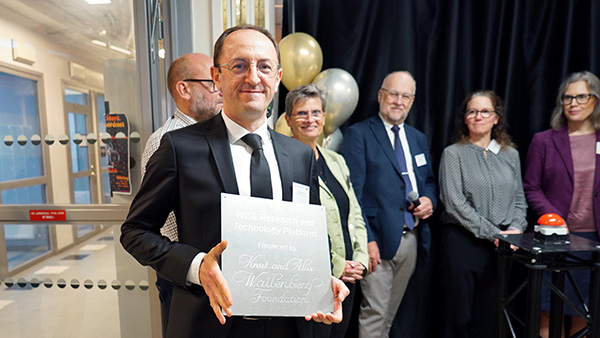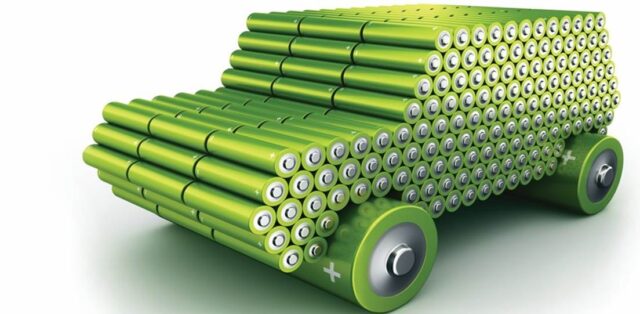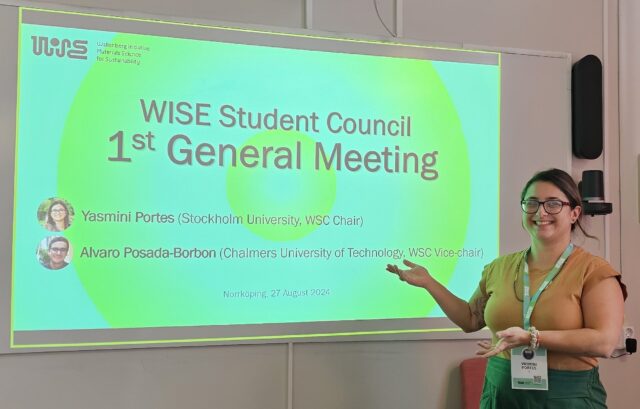One promising solution lies in the development of neuromorphic devices utilizing novel sustainable materials like MXene. These brain-like electronic systems, crafted from MXene, offer high energy efficiency, flexibility, and sustainability, presenting a transformative path forward in tackling the e-waste crisis.
To gain deeper insight into this transition, we spoke with Gustaf Mårtensson, R&D Expert at Mycronic. The company is collaborating with KTH Royal Institute of Technology on a WISE-funded research project focused on developing production solutions for electronics manufacturing.
How can the innovations coming from this project help reduce the environmental impact of industries or everyday products?
This project aims to make a big change in the amount of energy needed to power electronics, especially modern computers, which are often not very energy efficient. Since electronic systems are everywhere in industries, improving even a small part of these systems can lead to significant gains in sustainability.
Could you give us examples of specific industries or products that might benefit most from these advancements in materials science?
Since electronics are relevant in all parts of modern society, we believe that this could introduce a paradigm shift in the use of energy by humanity.
What role do you think collaborations like this will play in solving global sustainability challenges over the next decade?
Collaborations of this kind are essential to meet the challenges that humanity faces. Collaborative research between academic researchers and industrial companies adds the aspects of focusing on industrial relevance and a sense of urgency to deliver productive solutions.
The discovery of 2D materials like MXene could transform parts of the materials industry, offering exciting new possibilities. However, the technology is still in its early stages of development. That’s why collaborations like this are so important—they help drive innovation and move these breakthroughs from the lab into real-world applications.
How does the idea of contributing to a more sustainable world through science inspire you personally and professionally?
It has become increasingly important for me to use my time and available skills for good in anything that I do. The challenges we face in affecting a positive environmental change is something that I have focused on in my work at Mycronic over the last few years. The project that we have in the WISE research program is a typical long-term, high-risk, high-reward project that is both intellectually exciting and has the potential of affecting enormous societal change.
Finally, what would you say to people who may not be familiar with materials science or sustainability research—why should they care about this project?
People should care about this project since it can enable a different future of electronics. Most people don’t pause to think about what is making their everyday lives possible, like electronics assembly techniques, material science advances etcetera, but I hope that we can all appreciate the efforts that are necessary to ease the pressure on the environment and humanity by decreasing energy use with the help of sustainable materials.

